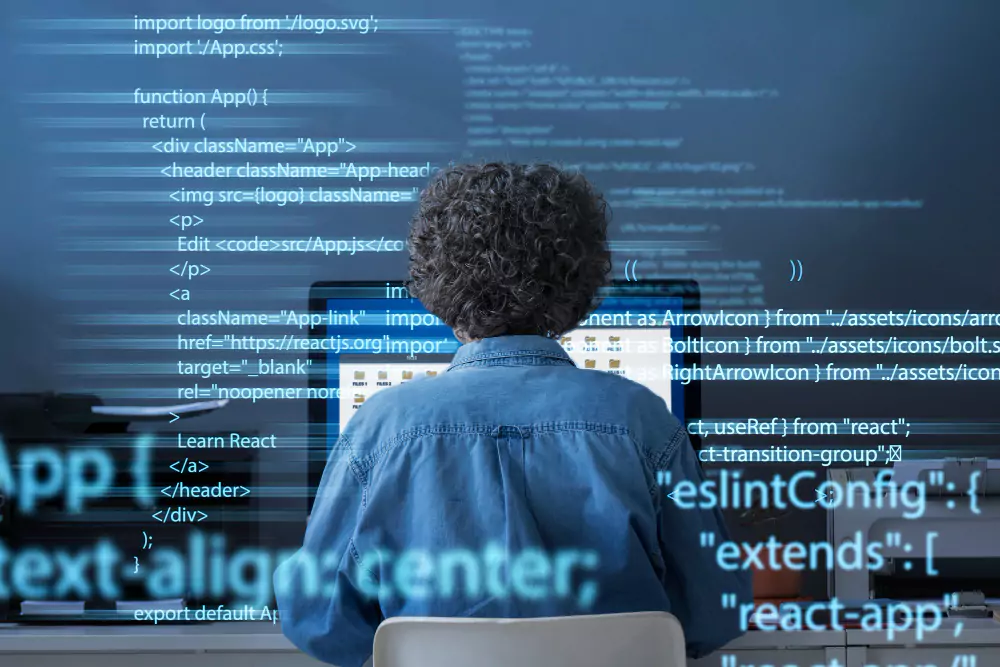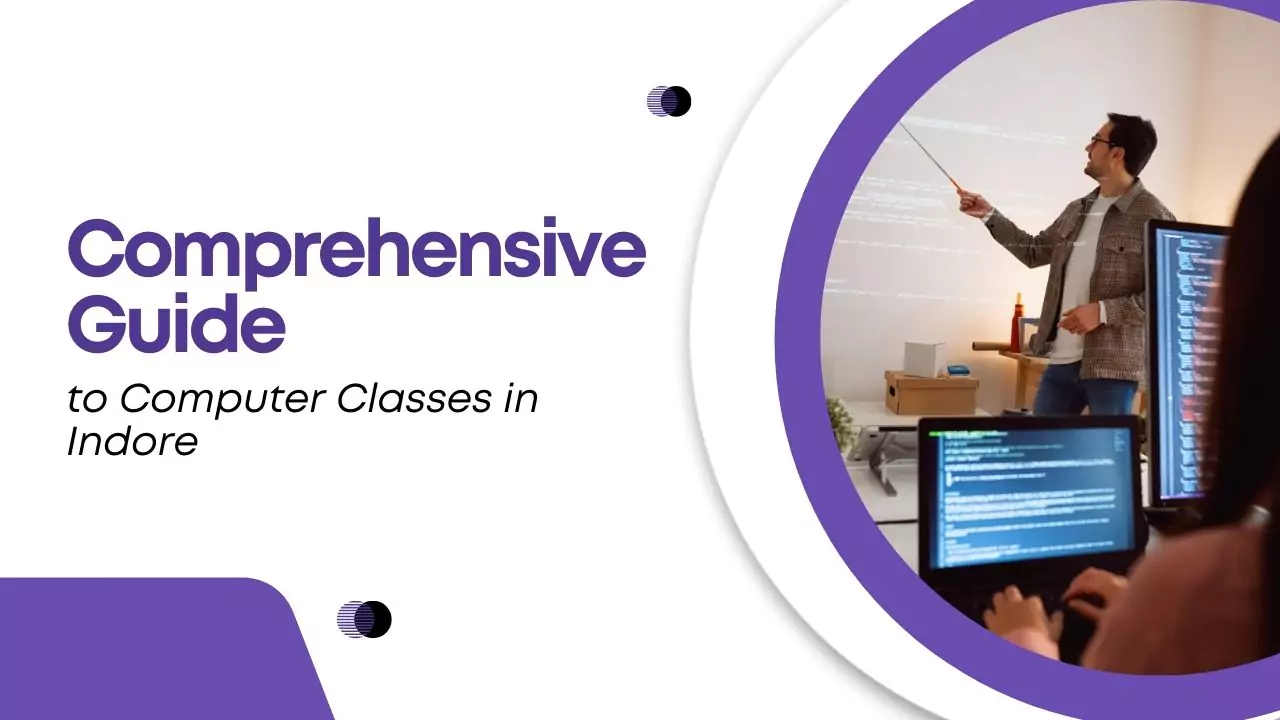Python Full Stack Development has become one of the most sought-after skills in today’s tech-driven world. Whether you’re aiming to build dynamic web applications, or responsive mobile apps, mastering full stack development with Python equips you with both front-end and back-end skills. In this blog, we’ll break down the complete Python Full Stack syllabus and show you how to get started.
What is Python Full Stack Development?
Python Full Stack Development covers everything from designing the user interface (front-end) to managing databases and handling server-side logic (back-end). It provides developers with the capability to build end-to-end web applications, making Python Full Stack developers highly valuable in the job market. According to Glassdoor, the average salary for a full stack developer in India is ₹6.5 LPA.

Prerequisites for Becoming a Python Full Stack Developer
To begin your journey as a Python full stack developer, you need the following foundational skills:
Basic Python Programming
Understanding core Python concepts like loops, data types, and functions is essential. You should also be comfortable with object-oriented programming (OOP), which plays a significant role in back-end development.
Front-End and Back-End Knowledge
To create a seamless user experience, you must have knowledge of both front-end technologies (HTML, CSS, JavaScript) and back-end frameworks (Django, Flask). Familiarity with version control systems like Git is also necessary for collaboration.
If you're starting with the basics of Python programming, check out our beginner-friendly guide on the Python programming syllabus to dive into these essential concepts.
Front-End Development
Building a user-friendly interface is the first step in full stack development. As a Python full stack developer, you will work with:
HTML, CSS, and JavaScript Basics
These languages form the backbone of front-end development. HTML structures your web page, CSS styles it, and JavaScript adds interactive elements.
Responsive Design with CSS Frameworks (Bootstrap)
Creating responsive designs ensures your application looks great on all devices, from desktops to smartphones. Bootstrap, a popular CSS framework, simplifies this process.
React and Angular for Dynamic Web Apps
For more advanced front-end development, you’ll learn React or Angular, which are JavaScript frameworks that make it easier to build dynamic and interactive user interfaces. Mastering these frameworks will boost your efficiency as a developer.

Back-End Development with Python
Back-end development is where the logic of your application resides. With Python, you’ll use popular frameworks like Django and Flask.
Introduction to Django and Flask
Django and Flask are Python-based web frameworks that make building back-end infrastructure easier. Django is ideal for large-scale applications, while Flask offers more flexibility for smaller projects.
Building RESTful APIs
Application Programming Interfaces (APIs) allow your front-end to interact with the back-end. Python developers often use frameworks like Django REST Framework to build secure and efficient APIs.
Handling HTTP Requests and Responses
Learn how to manage HTTP requests and responses, handle forms, and secure your data with back-end frameworks.
Database Management
A critical part of back-end development is handling databases. Most web applications require robust database management.
Working with MySQL and PostgreSQL
These are the two most popular relational databases used with Python. You’ll learn how to store, update, and query data using SQLAlchemy or Django ORM.
Using ORMs like SQLAlchemy
Object Relational Mapping (ORM) frameworks like SQLAlchemy allow developers to interact with databases using Python objects instead of writing raw SQL queries, making database management more straightforward.

Testing, Debugging, and Deployment
Once your code is written, testing and debugging are essential steps before deployment.
Writing Unit and Integration Tests
Testing ensures that your code works as expected. Python has built-in testing libraries like unittest and pytest to help you write tests for your applications.
Deploying Applications to Servers
After completing the development process, you’ll deploy your application using tools like Docker, AWS, or Heroku.
Real-Time Applications and WebSockets
Building real-time web applications is increasingly common. WebSockets enable bidirectional communication between the client and server.
Introduction to WebSockets
With WebSockets, you can add real-time features to your web apps, such as live chat functionality or notifications.
Building Real-Time Features
Integrating WebSockets with frameworks like Django or Flask will allow you to build dynamic, real-time applications that respond instantly to user actions
Full Stack Project
To cap off your Python Full Stack journey, you’ll work on a full stack project that integrates everything you’ve learned.
Developing a Full Stack Application
In this final stage, you’ll design, develop, and deploy a complete web application, showcasing both front-end and back-end skills.
Final Project Presentation
This section will help you present your final project, explaining the challenges you overcame and the tools you used.
Conclusion: Why Python Full Stack is the Future of Web Development
Python full stack development offers immense opportunities in today’s tech industry. With a solid understanding of both front-end and back-end technologies, you will be ready to build powerful, scalable web applications.
If you’re ready to kickstart your career in full stack development, check out our full stack developer roadmap to get started.
People Also Ask
1. What is included in a Python Full Stack Syllabus?
A Python Full Stack syllabus typically covers both front-end and back-end development. It includes learning:
- Front-End: HTML, CSS, JavaScript, and frameworks like React or Angular.
- Back-End: Python with frameworks like Django or Flask.
- Databases: MySQL or PostgreSQL, along with ORM libraries like SQLAlchemy.
- APIs: Building RESTful APIs for web applications.
- Deployment: Using tools like Docker and cloud platforms for deploying applications.
2. How long does it take to complete a Python Full Stack Developer course?
On average, it takes around 3 to 6 months to complete a comprehensive Python Full Stack Developer course. The exact duration can depend on the depth of the syllabus, hands-on projects, and whether you’re studying part-time or full-time.
3. Is Python good for full stack development?
Yes, Python is a popular choice for full stack development due to its simplicity and wide range of frameworks like Django and Flask for back-end development, and its integration with front-end technologies like HTML, CSS, and JavaScript. It also offers libraries for databases and real-time applications






